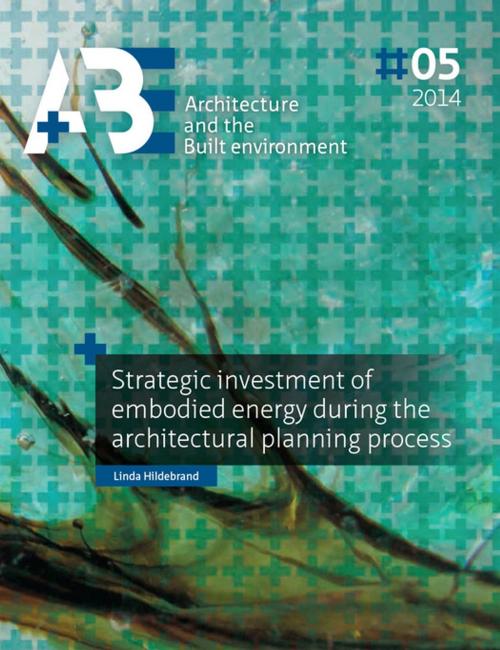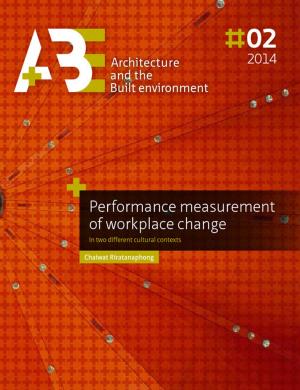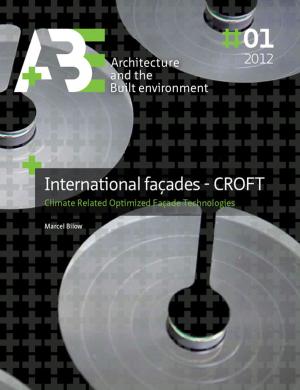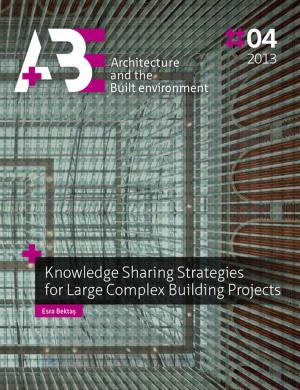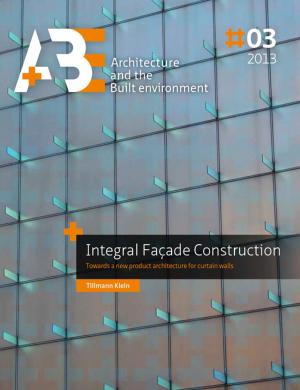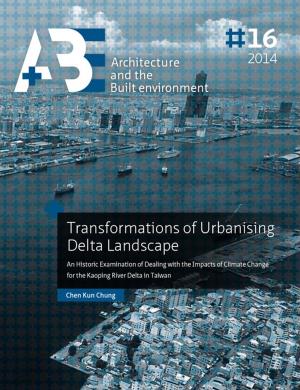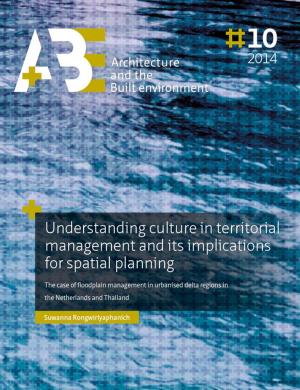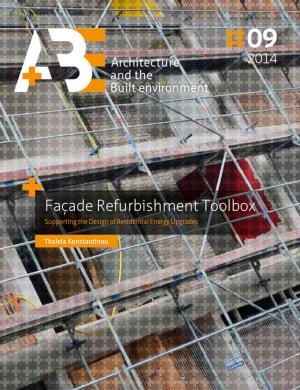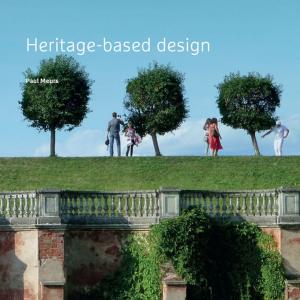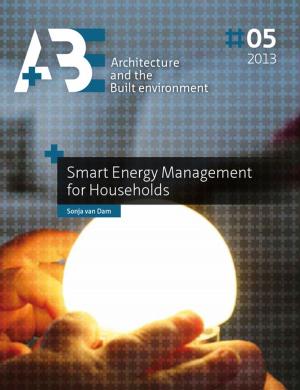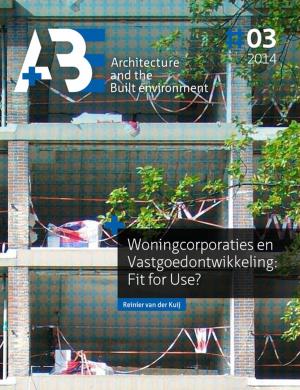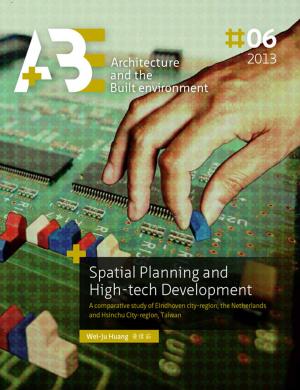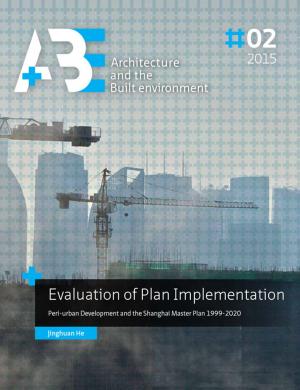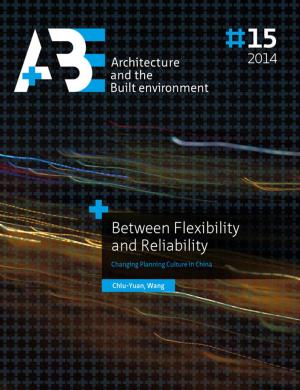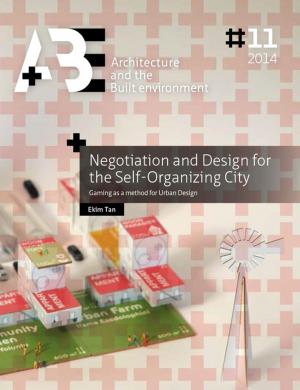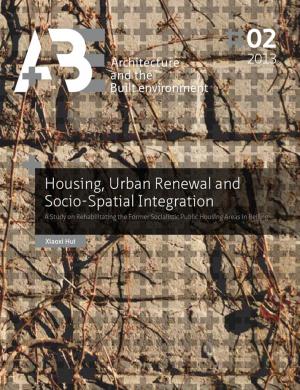Strategic investment of embodied energy during the architectural planning process
Nonfiction, Art & Architecture, Architecture| Author: | Linda Hildebrand | ISBN: | 9789461863263 |
| Publisher: | TU Delft | Publication: | June 28, 2014 |
| Imprint: | TU Delft | Language: | English |
| Author: | Linda Hildebrand |
| ISBN: | 9789461863263 |
| Publisher: | TU Delft |
| Publication: | June 28, 2014 |
| Imprint: | TU Delft |
| Language: | English |
This year's fifth issue of A+BE outlines the relevance of the building substance as factor for the overall sustainable performance of the built environment. It wants to sensibilize the designer for the ecological dimension of planning decisions and to show how to optimize them. Design and construction of buildings include harvesting resources and producing emissions and stating a burden to nature. This can be perceived equivalent to a financial investment where the monetary value has to express adequately the real one. The planning decision has an ecological value which must justify its relevance by function and has to be optimized within its scope. Environmental impact and desired building quality must be alanced in order to establish a sustainable solution. All means to optimize need to be evaluated. In order to do so the designer needs to be aware of his impact and has to strategically invest embodied energy during the architectural planning process.
This year's fifth issue of A+BE outlines the relevance of the building substance as factor for the overall sustainable performance of the built environment. It wants to sensibilize the designer for the ecological dimension of planning decisions and to show how to optimize them. Design and construction of buildings include harvesting resources and producing emissions and stating a burden to nature. This can be perceived equivalent to a financial investment where the monetary value has to express adequately the real one. The planning decision has an ecological value which must justify its relevance by function and has to be optimized within its scope. Environmental impact and desired building quality must be alanced in order to establish a sustainable solution. All means to optimize need to be evaluated. In order to do so the designer needs to be aware of his impact and has to strategically invest embodied energy during the architectural planning process.
